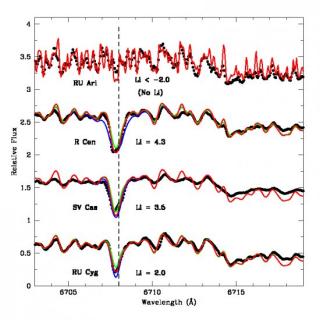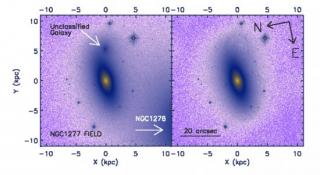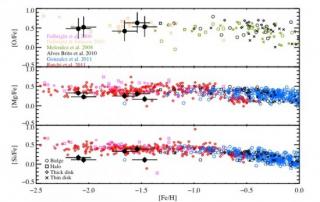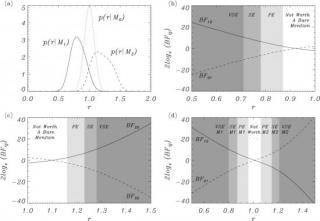
Low− and intermediate-mass (0.8 < M < 8 solar mass) stars constitute most of the stars in the Universe and they end their lives with a phase of strong mass loss and thermal pulses (TP) on the Asymptotic Giant Branch (AGB). AGB stars are fundamental to understand the chemical evolution of galaxies because they are one of the main contributors to the chemical enrichment (e.g. C, N, Li, F, and s-process elements) of the interstellar medium where new stars and planets born. In particular, the more massive (>4-5 solar mass) AGB stars experience Hot Bottom Burning (HBB), i.e. proton-capture
Advertised on



![Upper panel: composite image of NGC 6946 obtained by adding all the wavelengths for the Hα scan. The circle indicates the position of region at RA: 308.6998566 degrees, DEC: +60.1772541 degrees. Lower panel: spectral energy distribution for Hα + [NII] (le Upper panel: composite image of NGC 6946 obtained by adding all the wavelengths for the Hα scan. The circle indicates the position of region at RA: 308.6998566 degrees, DEC: +60.1772541 degrees. Lower panel: spectral energy distribution for Hα + [NII] (le](/sites/default/files/styles/crop_square_2_2_to_320px/public/images/news/resultados115_122.jpg?itok=QokYZpIE)